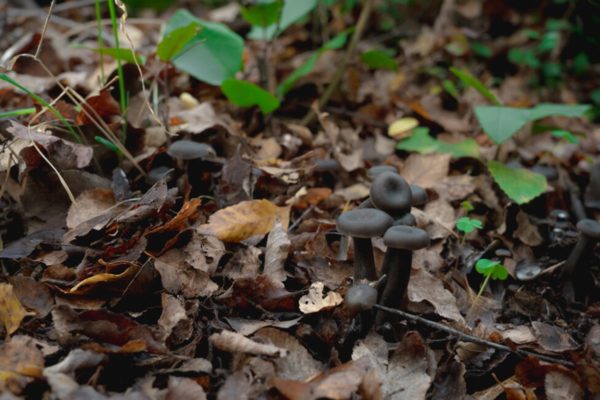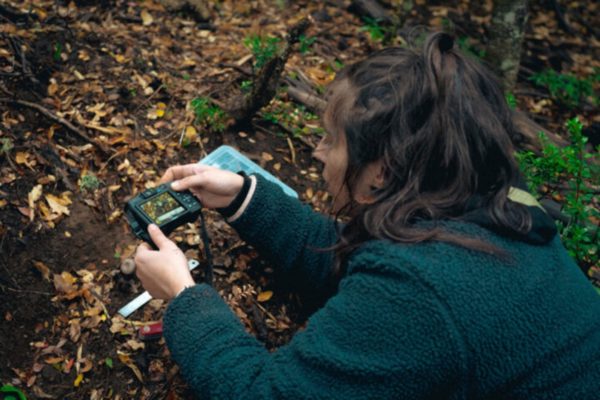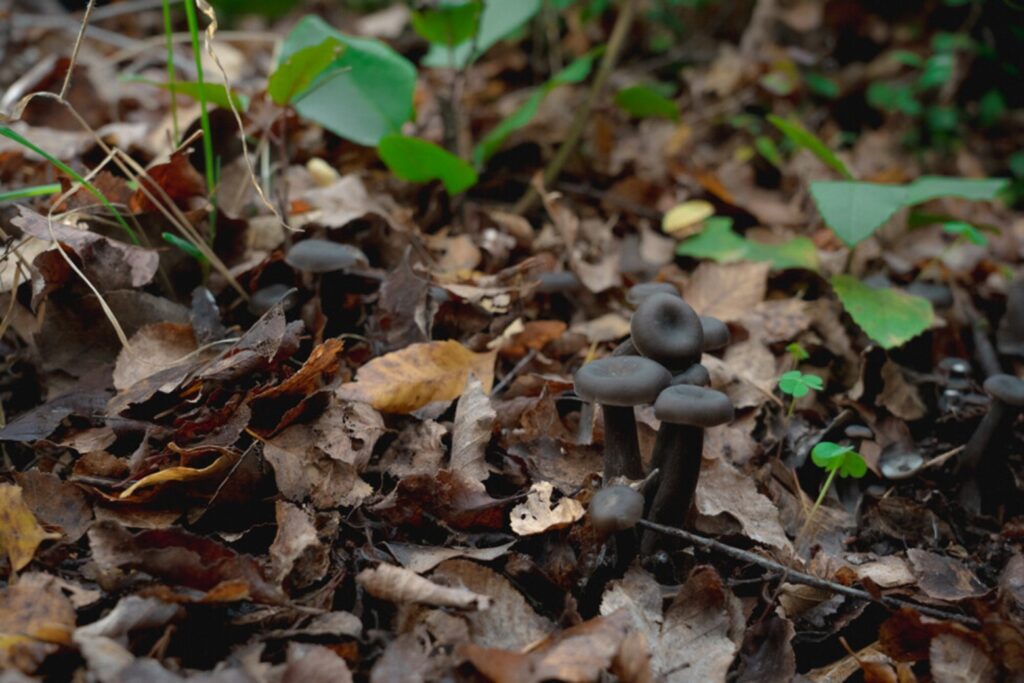a rediscovery with scientific implications

HAVANA TIMES – The rediscovery of the large puma fungus in the Nahuelbuta mountain range in southern Chile has drawn attention to the key role fungi play as carbon reservoirs and their vital role in preventing climate change.
There are many types of fungi on the planet, and although they play a significant role in human life and biodiversity, only about 148,000 species have been cataloged, while it is estimated that there are over two million.
Human history is linked to fungi such as Ganoderma australe and Fomes fomentarius, used by hunter-gatherer peoples who inhabited Europe 5,300 years ago and also by the Chilean Mapuche people.
However, many people are unaware that fungi are important for producing a variety of products such as bread, cheese, chocolate, wine, and beer. All these require yeasts, which are unicellular fungi.
Despite its name, the large puma (Austroomphaliaster nahuelbutensis) is only five centimeters in size. It was first recorded by science in 1982 thanks to Chilean mycologist Norberto Garrido.
An expedition led in May 2023 by Daniela Torres, head of the Chile office of Fundación Fungi, found two specimens in the subsoil of Nahuelbuta National Park, located between the Bío Bío and Araucanía regions, about 600 kilometers south of Santiago.
After careful collection with the participation of the local community, the specimens were sent to Argentine mycologist Francisco Kuhar, who conducted a comparative analysis with the original sample found by Garrido and stored in the herbarium of the German city of Munich, which has a large fungarium.
Thus, the discovery of the large puma, a brownish-grey species that lives underground associated with the roots of oak (Nothofagus obliqua) and raulí (Nothofagus dombeyí) trees, typical of Andean forests, was confirmed.

The Key Role of Fungi
Fundación Fungi is an international organization that works to conserve fungi, their habitats, and the people who depend on them. It was created in 2012 in Chile as the first organization dedicated exclusively to the fungal kingdom. Since 2020, it has been headquartered in New York, with projects and programs also in the United States and India.
This independent foundation confirms that trees are the oldest living organisms on earth but emphasizes that “without the underground support of their fungal relatives, they would not be able to store carbon in their trunks and create oxygen.”
Fungi have a mutualistic relationship with trees, from whose roots they receive carbon dioxide (CO2) that helps them grow and develop.
In an interview with IPS from the seaside city of Viña del Mar, mycologist Torres commented that “fungi are a very good source of carbon reservoirs. This network of roots and mycelia (fungal bodies comparable to plant roots) that exists underground helps to conserve carbon and prevent it from entering the atmosphere.”
A biotechnologist by profession, Torres, 35, highlighted the degradative power of some fungi, among many other benefits.
“They decompose organic matter naturally, have some adaptations to consume different types of plastics and waste like diapers and cigarette butts, which are significant pollutants in society,” she


